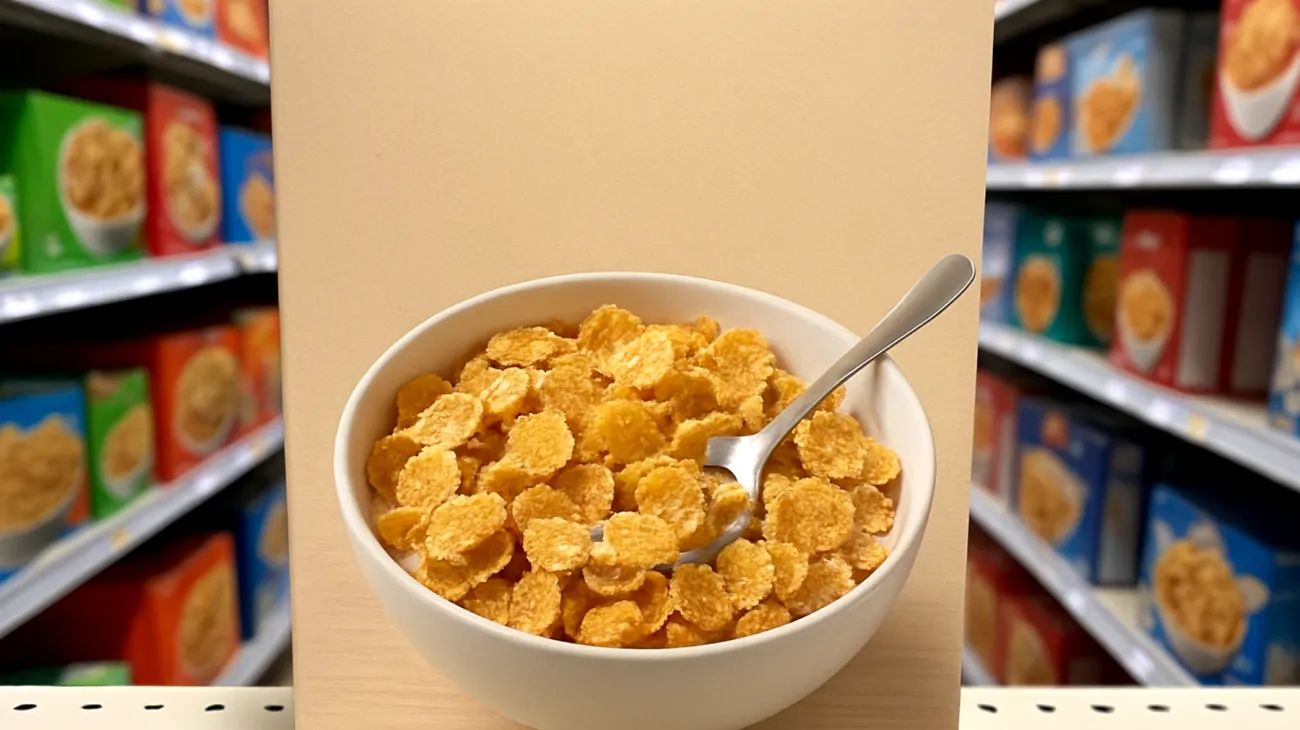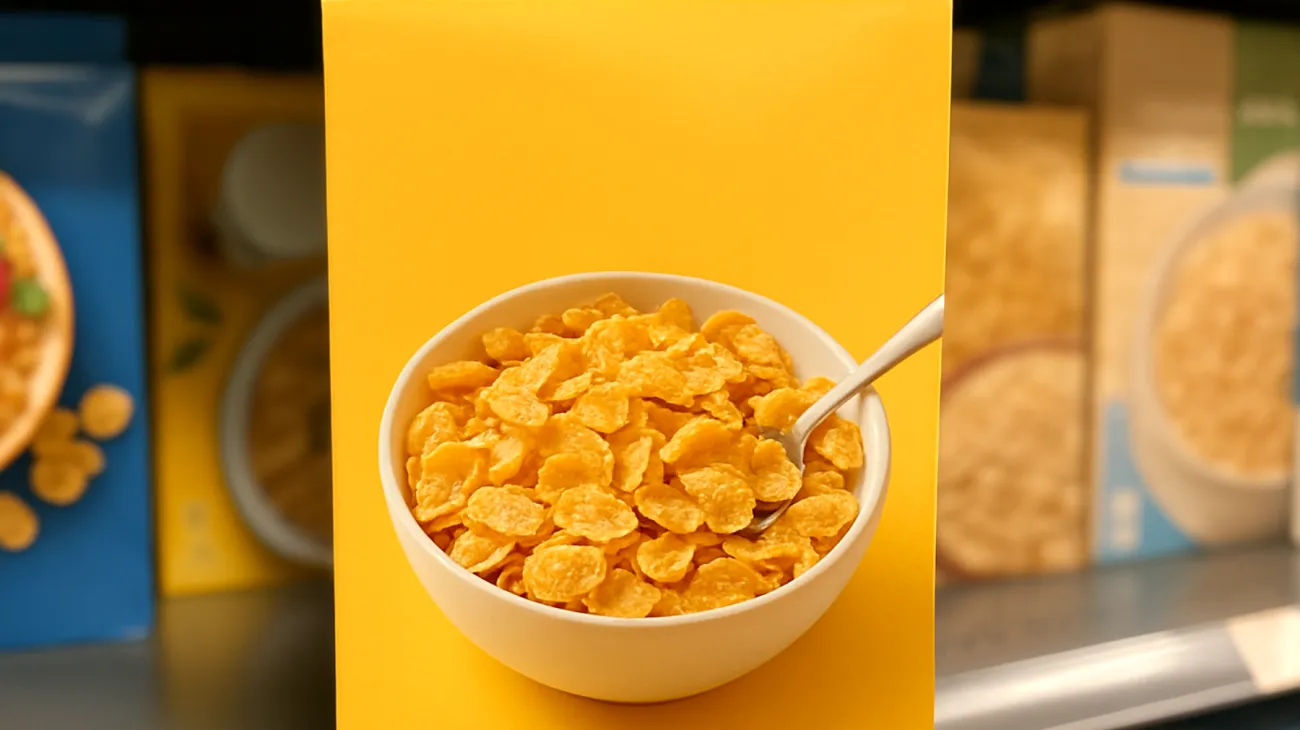The UAE breakfast cereal market showcases a fascinating blend of international marketing psychology and local consumer preferences. Walking through any supermarket in Dubai or Abu Dhabi, you’ll immediately notice how brands like Kellogg’s, Nestlé, and General Mills deploy sophisticated strategies to capture both children’s attention and parents’ purchasing decisions. These colorful boxes aren’t just containers—they’re carefully engineered marketing tools designed to influence behavior before nutritional considerations even enter the equation.
How Cereal Marketing Really Works
Ever wonder why your kids always gravitate toward the same brightly colored boxes? Food manufacturers spend millions researching the psychology behind packaging design, particularly for products targeting families. Children as young as three develop strong brand preferences based on visual cues, cartoon characters, and familiar mascots that create emotional connections far stronger than any nutritional argument.
The magic happens through what marketers call “pester power”—when children repeatedly request specific products after forming these emotional bonds. International brands operating in the UAE leverage this phenomenon while adapting to local preferences, creating a unique marketplace where global tactics meet regional consumer behavior.
The Science Behind Shelf Psychology
Cereal placement isn’t random. Products positioned at children’s eye level—typically between 23 and 48 inches from the ground—receive significantly more attention than those placed higher or lower. This strategic positioning combines with large character images and bright colors to create what researchers call “visual hierarchy,” essentially programming the shopping experience before conscious decision-making begins.
Color psychology plays an equally important role. Red and yellow combinations trigger excitement and energy associations, while purple and green evoke playfulness and fun. These saturated colors dominate front panels, while crucial nutritional information gets relegated to less prominent positions with smaller fonts and muted designs.
Character Licensing Creates Emotional Shopping
Licensed characters and brand mascots transform cereal selection from a food choice into an emotional decision. Children develop what psychologists call “parasocial relationships” with these characters, making product selection feel like choosing a friend rather than evaluating nutrition. This emotional marketing transcends rational considerations, which explains why kids often prefer cereals featuring beloved characters regardless of taste or health benefits.
The UAE market sees this strategy deployed by both international and regional brands, with character licensing adapted to include popular figures from Arabic cartoons and regional entertainment, creating culturally relevant emotional connections.
Decoding Nutritional Information Challenges
UAE food regulations mandate comprehensive nutritional labeling, but presentation style significantly affects how families interpret this information. Health claims like “fortified with vitamins” or “whole grain” appear prominently on front panels, while sugar content and additives information often appears less conspicuously on side or back panels.

This presentation creates what nutrition experts call “health halo effects,” where prominent positive claims overshadow less favorable nutritional profiles. Several key areas where marketing can mislead families include:
- Sugar content distributed across multiple sweetener types listed separately
- Vitamin fortification claims that obscure high sodium or preservative content
- Health benefit statements based on minimal ingredient presence
- serving sizes smaller than typical actual consumption amounts
Smart Shopping Strategies for UAE Families
Reading Beyond Marketing Claims
Effective cereal evaluation requires examining the complete ingredient list, presented in descending order by weight. Nutrition experts recommend focusing on the first five ingredients, as these comprise the majority of the product’s content. This approach reveals true composition beyond front-panel marketing claims.
Understanding serving size manipulation proves equally crucial. Nutrition information typically bases calculations on 30-gram servings—roughly one-third cup—which represents significantly less than children actually consume. Real consumption often reaches two or three times these amounts, dramatically increasing actual sugar, sodium, and calorie intake.
Establishing Nutritional Criteria
Setting specific nutritional standards before shopping helps families make informed choices. Organizations like the American Heart Association recommend breakfast cereals with less than 6 grams of sugar per serving and at least 3 grams of fiber for optimal children’s health outcomes.
Implementing a “nutrition first, fun second” approach allows families to establish health criteria before considering packaging appeals. This strategy involves children in label reading and transforms shopping from reactive purchasing into informed family decision-making.
Building Long-Term Healthy Habits
The UAE breakfast cereal market continues evolving with increasing health consciousness among consumers and expanded retail channels offering diverse options. Parents equipped with label-reading skills and awareness of psychological marketing tactics can successfully balance children’s natural attraction to engaging packaging with genuine nutritional benefits.
Teaching children to recognize marketing strategies while appreciating both taste and nutrition creates lifelong skills extending far beyond breakfast choices. This balanced approach acknowledges the reality of modern food marketing while empowering families to make decisions supporting long-term health and well-being in the UAE’s diverse and dynamic marketplace.
Table of Contents

